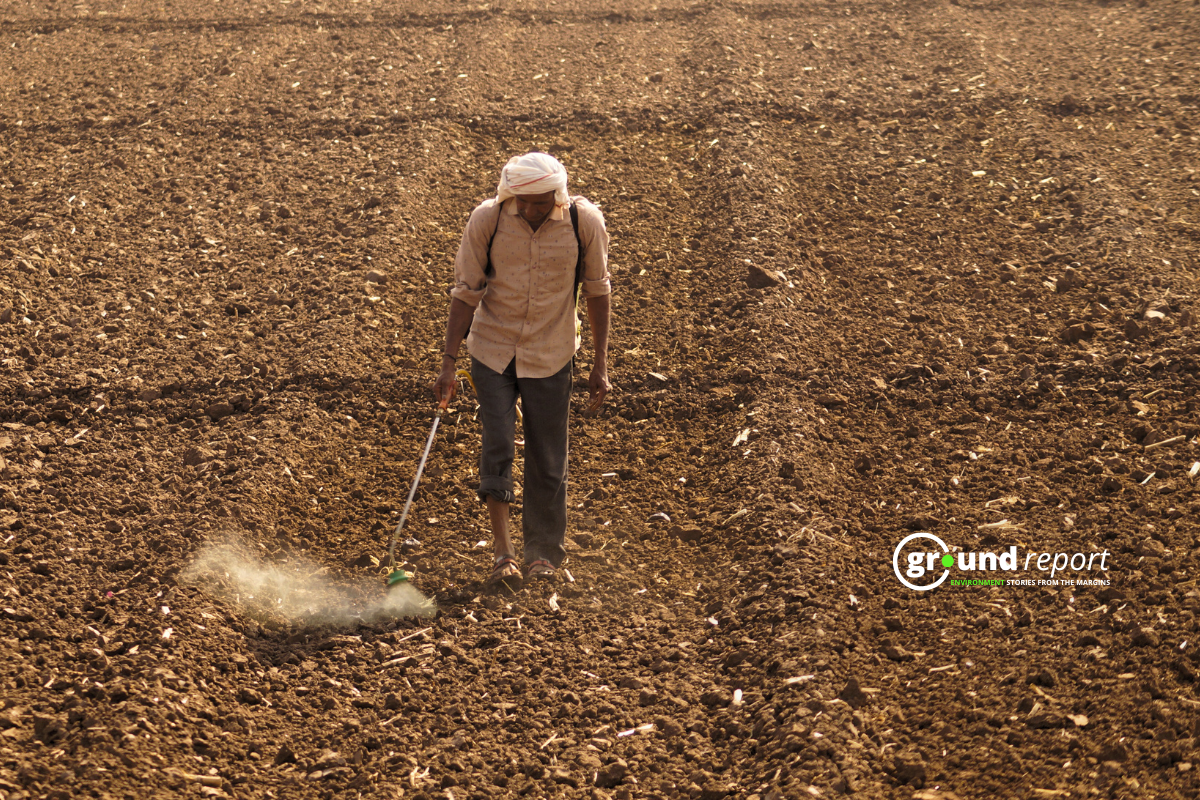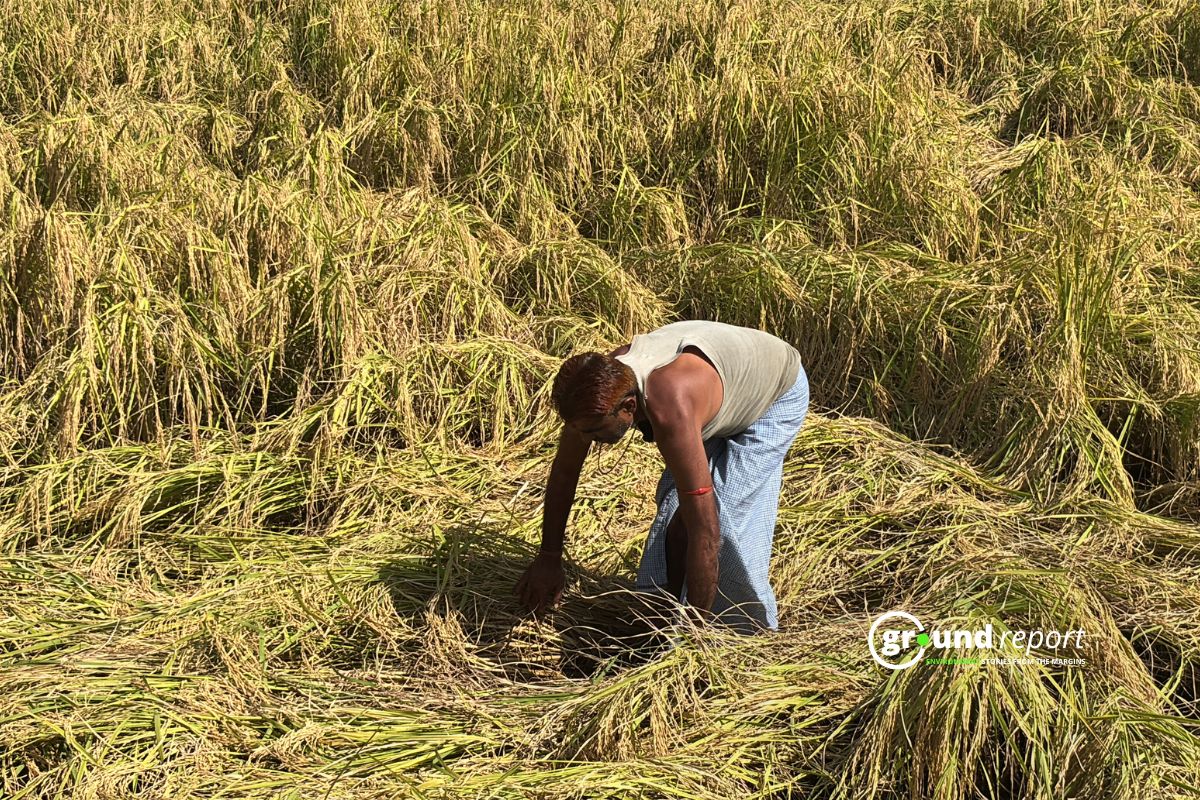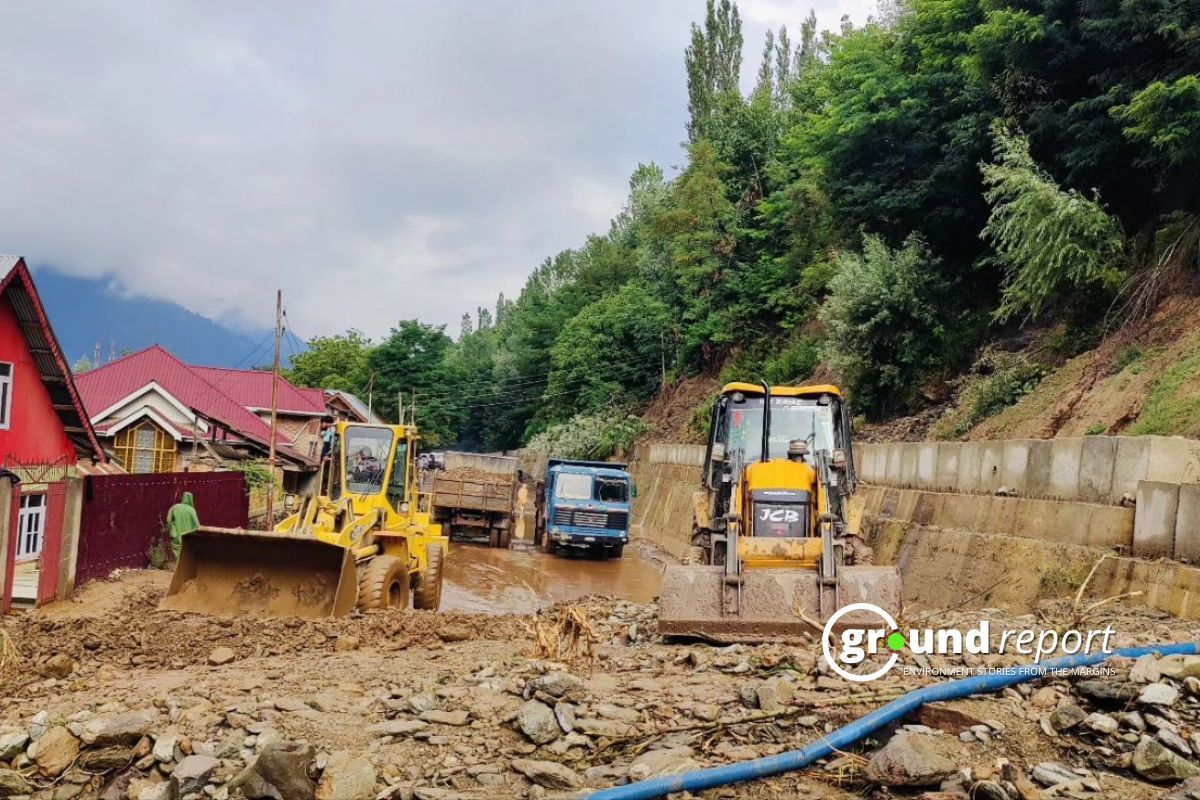Trigger warning: This article discusses suicide. If you or someone you know needs help, please contact a mental health professional.
Devinath Patel and Abhishek Yadav share a tragic connection: both ended their lives by consuming pesticide.
On the morning of 29 December 2024, 40-year-old milk seller Devinath Patel consumed pesticide in Bhelki village of Madhya Pradesh’s Sidhi district. Just two months earlier, 19-year-old college student Abhishek Yadav from Sehore did the same, filming a suicide video after being rejected in love. He was admitted to a hospital but didn’t survive.
Though from different backgrounds, these men share a sad connection that reflects a broader pattern—Madhya Pradesh has recorded 19,060 pesticide-related suicide deaths between 2010 and 2022. Their stories highlight a disturbing commonality: both chose the same lethal substance as their way out.
The National Crime Records Bureau (NCRB) data reveals the severity of the issue. Between 2010 and 2013, the National Crime Records Bureau used the term “insecticides” and included deaths due to food poisoning, accidental intake of insecticides, and related causes in the suicide data. When this early data is added, Madhya Pradesh’s total rises to 19,060 deaths in just 13 years.
The pattern continued in the following years. Madhya Pradesh reported 1,261 deaths in 2019 and 1,384 in 2020. In 2021, the state saw 1,466 deaths. In 2022, the number climbed to 1,505—the highest for the state in the past decade.

Compared to other states, Madhya Pradesh consistently remains among the top contributors to this grim statistic. Maharashtra recorded higher numbers in earlier years—4,586 in 2011 and 3,932 in 2012—but has recently reported fewer deaths than Madhya Pradesh. Kerala, which once documented over 1,000 deaths annually, successfully reduced this figure to below 60 by 2022. Other states including Andhra Pradesh, Karnataka, Rajasthan, and Punjab continue to report hundreds of pesticide-related suicides each year.
These statistics reveal a disturbing pattern: the deaths haven’t decreased, the poison remains readily accessible, and people like Devinath and Avishek continue to turn to it in their darkest moments.
!function(){“use strict”;window.addEventListener(“message”,(function(a){if(void 0!==a.data[“datawrapper-height”]){var e=document.querySelectorAll(“iframe”);for(var t in a.data[“datawrapper-height”])for(var r,i=0;r=e[i];i++)if(r.contentWindow===a.source){var d=a.data[“datawrapper-height”][t]+”px”;r.style.height=d}}}))}();
The data shows that pesticide deaths in Madhya Pradesh have not only remained persistent but also consistently high. While some states have managed to bring down the numbers, Madhya Pradesh continues to lose more than a thousand people each year to pesticide suicide.
Wildlife affected?
In March 2025, ten wild elephants died within three days in Madhya Pradesh’s Bandhavgarh Tiger Reserve. The sudden deaths raised alarm. hAll ten were part of a 13-member herd. Forest staff said the elephants collapsed and shivered before dying. A senior veterinarian linked to the probe said the animals had likely eaten kodo millet from nearby farms. The suspicion is pesticide poisoning or toxic mycotoxins.
Samples from the dead elephants—including liver, kidney, and stomach contents—were sent to multiple labs, including the Indian Veterinary Research Institute in Bareilly and the State Forensic Science Lab in Sagar. A five-member committee led by Additional Principal Chief Conservator of Forest (Wildlife) L. Krishnamoorthy is investigating the case. Forest officials have identified six farmers whose fields the elephants entered. Post-mortem reports suggest possible poisoning, but the exact cause is still under investigation.
The incident adds another layer to Madhya Pradesh’s pesticide crisis. The same chemicals linked to thousands of human deaths may now be killing wildlife too.
And the victims aren’t just farmers or adults facing financial distress—jilted lovers also appear among those who turn to this lethal method.
In March 2024, a 25-year-old man and his 14-year-old girlfriend in the Chhindwara district consumed pesticide after their families refused to let them marry. The pair had eloped at night, recorded a video, and sent it to relatives and police before being found unconscious in a field. Both survived following hospital treatment. Unlike hundreds of others, this couple didn’t die. Yet their case followed the same troubling pattern—pesticide used as a desperate final measure.
Prevention strategy
Professor Michael Eddleston of the University of Edinburgh, who has studied pesticide suicides for over three decades, says the pattern in Madhya Pradesh mirrors what he has seen across South Asia. “Easy access to highly toxic pesticides means any moment of distress can turn fatal,” he says. “We’ve seen that when countries restrict the most dangerous pesticides and invest in safe storage and mental health outreach, suicide rates drop. But without those steps, the deaths continue.”

In 2022, the Madhya Pradesh government began work on formulating India’s first suicide prevention policy. This move came after psychiatrist Dr. Satyakant Trivedi, who runs the campaign “Say Yes To Life,” sent a proposal highlighting the urgency of the issue. Medical Education Minister Vishvas Sarang said the initiative isn’t limited to the state. He called suicide a universal problem, tied closely to mental health, and stressed the need for a national-level strategy. “We witness frequent cases of suicide. This is definitely linked to mental health. To check this and find a solution, we have come up with an extensive action plan,” he said.
In June 2023, the state government formed a suicide prevention strategy coordination committee. It aims to align Madhya Pradesh’s efforts with the Union Health Ministry’s national suicide prevention strategy. The General Administration Department set up the 20-member panel, headed by the Additional Chief Secretary of the Public Health and Family Welfare Department. Other members include the Director General of Police, principal secretaries, commissioners, and officials from departments connected to mental health and public safety.
The committee operates under the State Mental Health Authority. It coordinates efforts across departments and prepares the state for quicker implementation of the national strategy. Based on the committee’s recommendations, the authority will decide the state’s final implementation framework.
In the previous part of the story, we discussed the devastating human cost of pesticide-related suicides in Madhya Pradesh, highlighting the tragic loss of lives and the impact on families. In this second part, we shift focus to the sale of pesticides, the safety measures—or lack thereof—and the risks of accidental poisoning.
Support us to keep independent environmental journalism alive in India.
Keep Reading
What is pesticide selling—protection from pests, and vulnerability to accidental poisoning
What is human cost of India’s pesticide consumption, and lack of regulations
Why does India use lower Pesticides per hectare of cropland than other countries?
Pesticides and agriculture threaten Sarus Cranes at Indore’s Yashwant Sagar wetland
Follow Ground Report on X, Instagram and Facebook for environmental and underreported stories from the margins. Give us feedback on our email id greport2018@gmail.com.
Don’t forget to Subscribe to our weekly newsletter, Join our community on WhatsApp, and Follow our YouTube Channel









